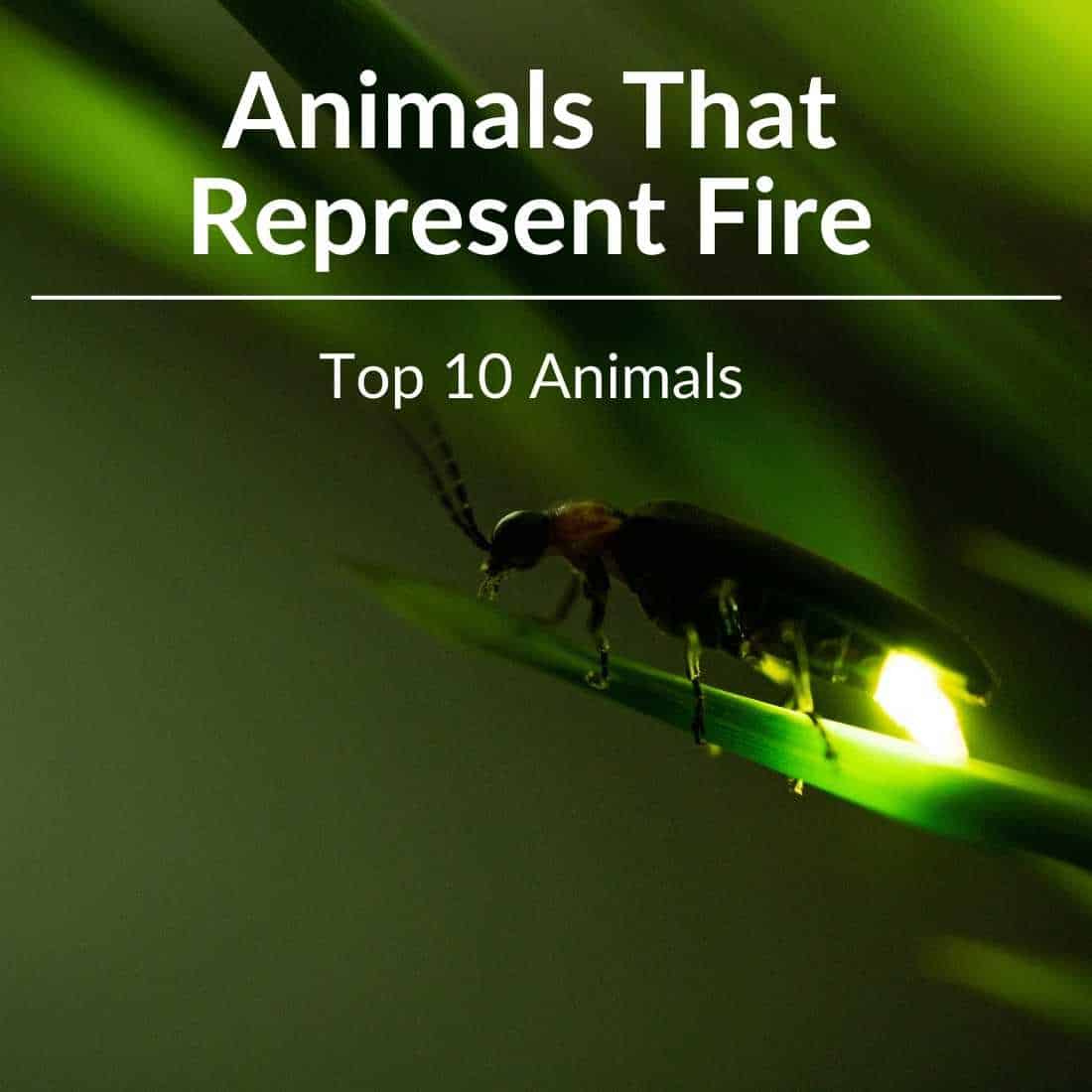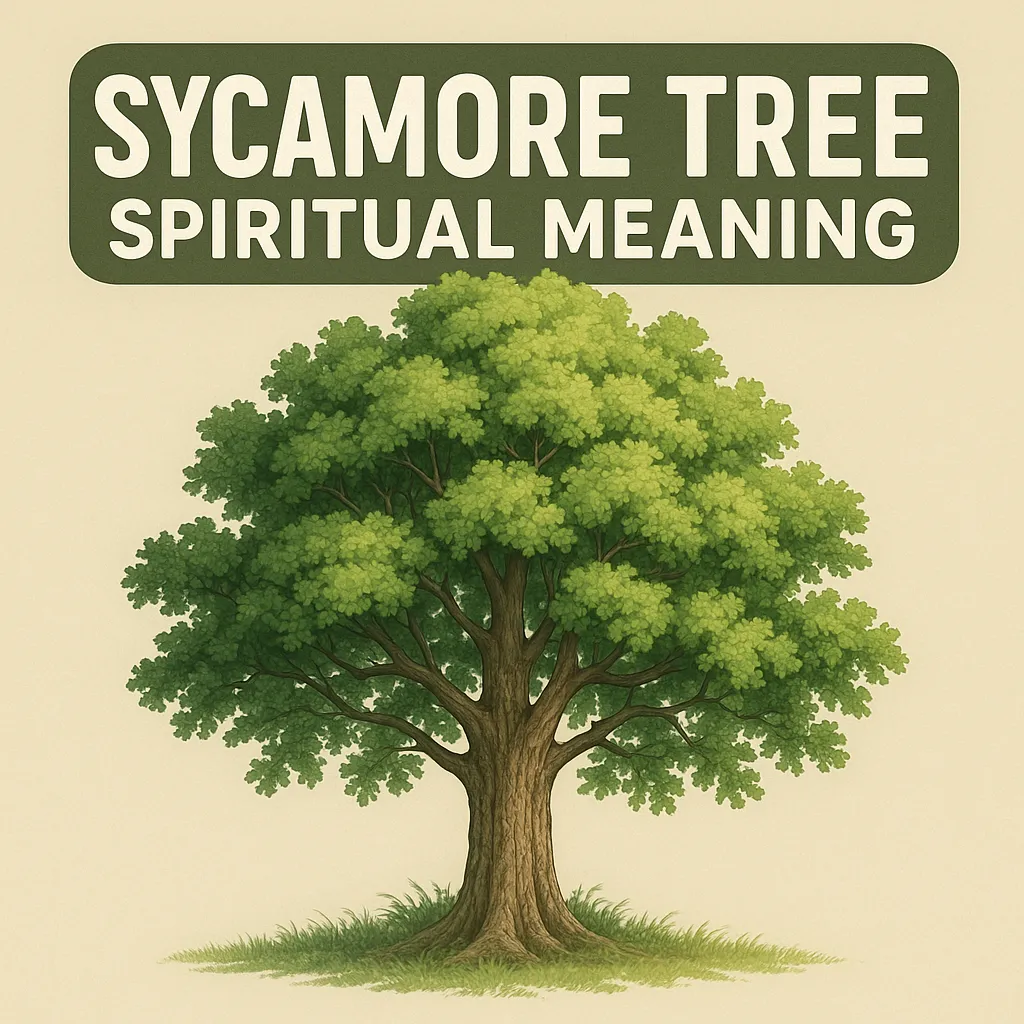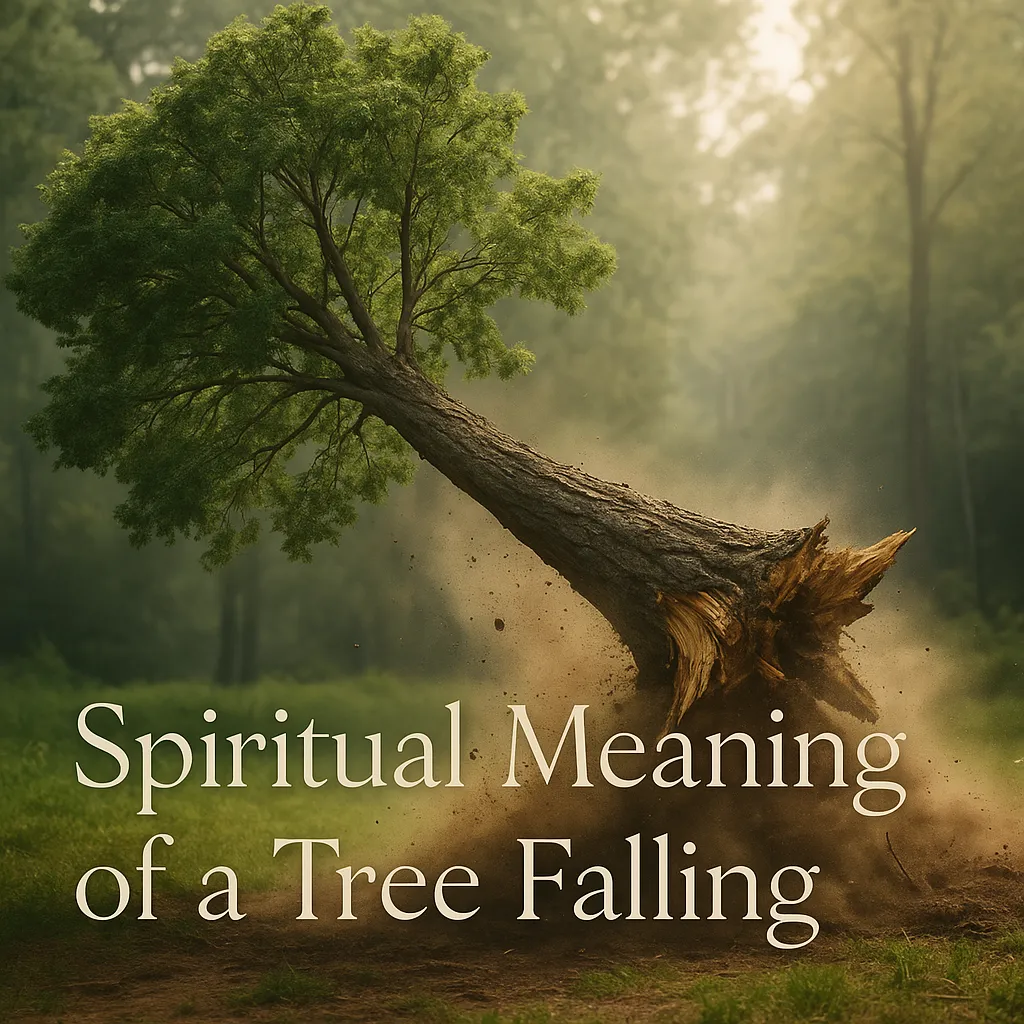|
Getting your Trinity Audio player ready...
|
But the salamander isn’t alone in this fiery pantheon. Throughout human history, certain creatures have become emblematic of fire’s dual nature – its capacity for both destruction and regeneration, its wild power and its nurturing warmth. From the legendary phoenix rising from its ashes to the fierce tiger with its burning orange stripes, these symbols transcend mere representation to embody transformation itself.
In this exploration of fire animals, we’ll journey through mythology, spiritual traditions, and cultural symbolism to uncover how these creatures have ignited human imagination and shaped our understanding of life’s most transformative element.
Table of Contents
- 1 Key Takeaways
- 2 Core Symbolism of Animals That Represent Fire
- 3 Cultural and Mythological Fire Animals Across Traditions
- 4 Spiritual Lessons from Fire Animals in Modern Practice
- 5 FAQ
- 5.1 What is the Phoenix known for in mythology?
- 5.2 How is the Chinese Dragon associated with fire?
- 5.3 What role does the Salamander play in fire mythology?
- 5.4 Why is the Fire Rooster significant in Chinese zodiac?
- 5.5 How does the Firebird appear in Slavic folklore?
- 5.6 What is special about the Egyptian Bennu bird?
Key Takeaways
- Fire animals embody five essential qualities: transformation, passion, power, purification, and illumination, appearing during significant life changes.
- Real animals like lions, tigers, and salamanders represent fire through their physical characteristics and historical associations with flames and sun energy.
- Mythical creatures such as the phoenix and dragon symbolize fire’s transformative power, teaching us to harness our inner fire for creation rather than destruction.
- Fire animals appear across diverse cultural traditions as spiritual messengers, from Egypt’s Horus to Native American Thunderbirds to Celtic red dragons.
- Working with fire animal symbolism in modern spiritual practice offers powerful guidance during personal transformations, requiring balance with other elemental energies.
Core Symbolism of Animals That Represent Fire
Animals that represent fire embody a complex duality – the destructive force that consumes and the transformative power that renews. These creatures carry the essence of flames in their symbolism, connecting us to our most primal relationship with this element.
The Essence of Fire in Animal Symbolism
Fire animals share distinctive qualities that set them apart from creatures associated with other elements. They typically embody:
- Transformation – The ability to catalyze change and renewal
- Passion – Intense emotional energy and desire
- Power – Raw strength and dominance
- Purification – The cleansing aspects of flame
- Illumination – Bringing light to darkness, both literally and metaphorically
When we encounter these symbols in our lives, they often appear during periods of significant change, challenging us to embrace transformation rather than resist it.
Real Animals with Fiery Symbolism
The Lion: Solar Majesty
The lion, with its golden mane reminiscent of the sun’s rays, stands as a powerful symbol of fire’s energy. In ancient Egypt, lions were sacred to the sun god Ra, embodying his fierce protection and life-giving warmth.
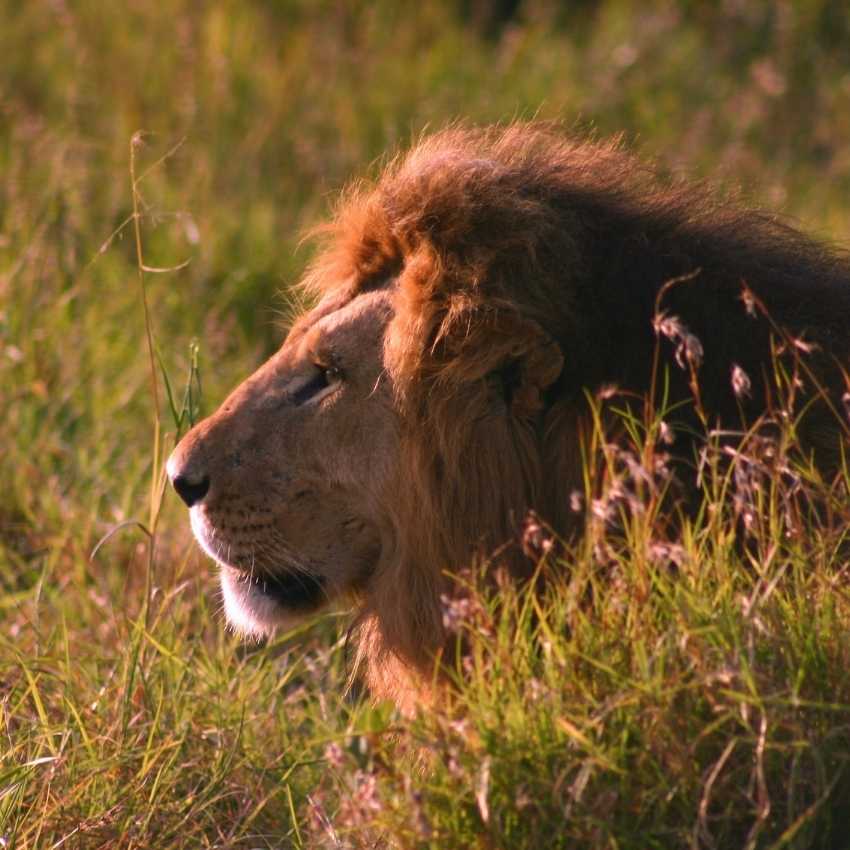
When a lion appears in your dreams or meditations, it often signals a time to claim your personal power and leadership. Much like fire itself, the lion reminds us that strength requires balance – too much aggression burns, while too little leaves us in darkness.
The Tiger: Primal Fire
With its striking orange stripes cutting through the darkness like flames, the tiger embodies fire’s untamed aspect. In Chinese mythology, the White Tiger represents the fire element of the West, balancing yin and yang energies.
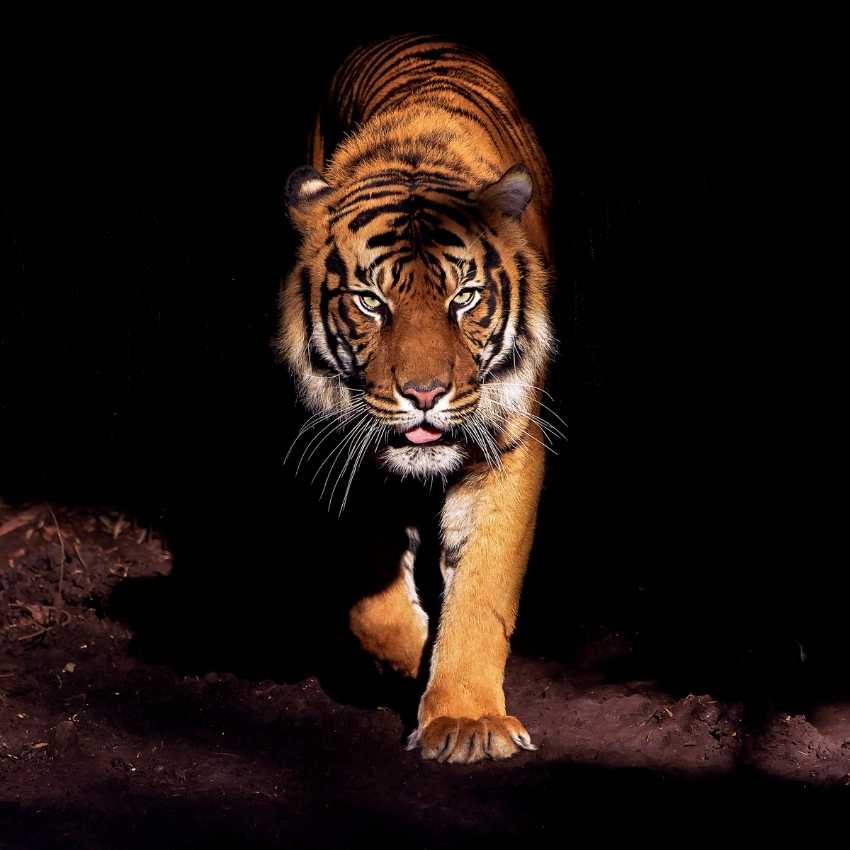
The tiger teaches us about the controlled release of power – knowing when to pounce and when to preserve energy. Those drawn to tiger energy often walk a path of balancing passion with patience.
The Salamander: Fire’s Child
Perhaps no real creature has been more closely linked to fire than the salamander. For centuries, these amphibians were believed to be born from flames themselves.
According to Wikipedia, this misconception arose because salamanders would often emerge from logs as they were placed in fires, having made their homes in the damp wood. This spectacle led alchemists and philosophers to view them as embodiments of fire’s transformative power.
The salamander reminds us that sometimes we must pass through fire to emerge transformed. In your spiritual practice, salamander energy can help you withstand life’s trials without being consumed by them.
Mythical Creatures of Flame
The Phoenix: Eternal Rebirth
No discussion of animals that represent fire in mythology would be complete without the phoenix. This legendary bird builds its own funeral pyre, burns to ashes, and then rises renewed – the ultimate symbol of transformation through fire.
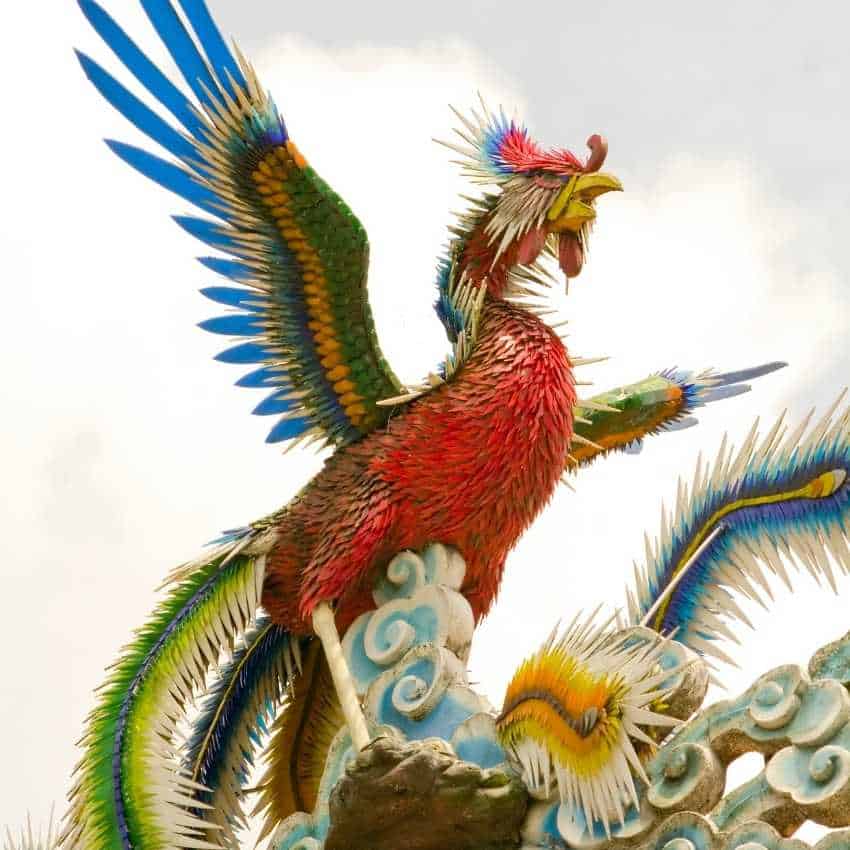
The phoenix appears across cultures, from ancient Egypt’s Bennu to China’s Fenghuang and Greece’s Phoenix. In all traditions, it represents the cyclical nature of existence – endings that become beginnings.
When phoenix symbolism enters your life, it often heralds a period of significant transformation where something must be released before new growth can emerge.
The Dragon: Fiery Wisdom
Dragons stand among the most powerful mythical fire animals, breathing flames that both destroy and forge new realities. Western dragons typically embody the destructive aspects of fire, while Eastern dragons represent its beneficial qualities, bringing rain and fertility.
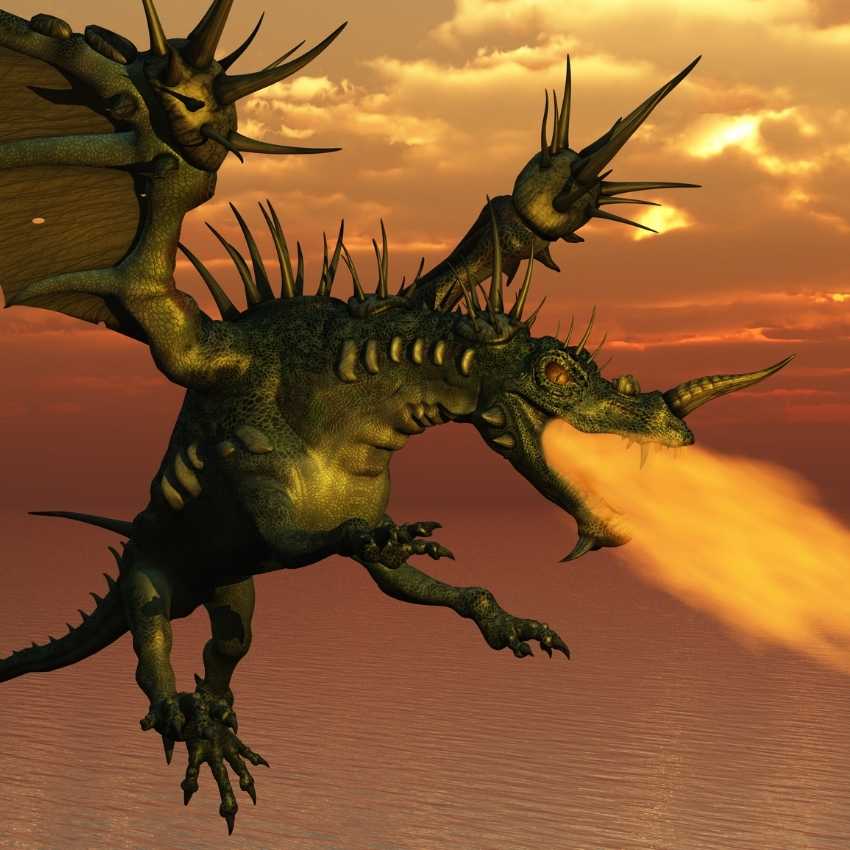
Dragon energy teaches us about harnessing our inner fire – our passions, creativity, and transformative potential. Those working with dragon symbolism learn to direct their fiery nature toward creation rather than destruction.
I once worked with a client who dreamed repeatedly of a golden dragon during a career crisis. As she embraced the dragon’s energy – confronting her fears and channeling her passion – she found the courage to leave a stifling corporate job and pursue her true calling as an artist.
The animals that represent fire remind us that transformation is rarely comfortable but always powerful. Like flame itself, these creatures challenge us to burn away what no longer serves us and emerge renewed from the ashes.
Cultural and Mythological Fire Animals Across Traditions
The dance of flames has mesmerized humanity since we first gathered around fire pits, spawning rich traditions of animals that represent fire in mythology. These powerful symbols transcend mere cultural curiosities – they offer windows into how our ancestors understood transformation, power, and renewal.
Fire Animal Symbolism in Ancient Civilizations
Walking through the temples of ancient Egypt, you would encounter walls adorned with the fiery falcon-headed sun god, Horus. His piercing gaze represented the all-seeing eye of divine fire, watching over creation with fierce protection. Similarly, the scarab beetle, though small, carried the weight of the sun itself in Egyptian cosmology, rolling its golden fire across the sky each day.
Greek mythology gives us the magnificent Chimera – a fire-breathing hybrid beast with a lion’s head, goat’s body, and serpent’s tail. This creature’s untamable nature represented the unpredictable danger of wildfire when uncontrolled by human hands.

Eastern Traditions and Their Fiery Guardian Animals
In Chinese mythology, the Vermilion Bird (Zhuque) stands as one of the Four Sacred Guardians, representing the southern direction and summer season. This magnificent crimson bird embodies the brightest aspects of fire – illumination, warmth, and vitality. During my travels through Taoist temples in Taiwan, I observed how devotees would pray to Zhuque for protection against illness, believing its fiery essence could burn away disease.
Japanese folklore introduces us to the kitsune, foxes whose magical powers grow with age, manifesting as fox-fire – ghostly flames that dance around their tails. A nine-tailed kitsune represents mastery of fire’s spiritual wisdom, having learned to harness its transformative power without being consumed by it.
Hindu tradition gives us Agni, the fire god often depicted riding a ram – making this horned animal a powerful fire symbol in South Asian spirituality. The ram’s charging nature mirrors fire’s unstoppable forward movement, consuming everything in its path.
Indigenous Fire Animal Traditions
Among many Native American tribes, the Thunderbird soars as a supreme fire animal, its wings creating thunder and its eyes flashing lightning. This mighty bird brings cleansing fire to the land through lightning strikes. According to the audubon.org, Thunderbird imagery appears in everything from ceremonial masks to protective totems, representing the sacred connection between sky fire and earth renewal.
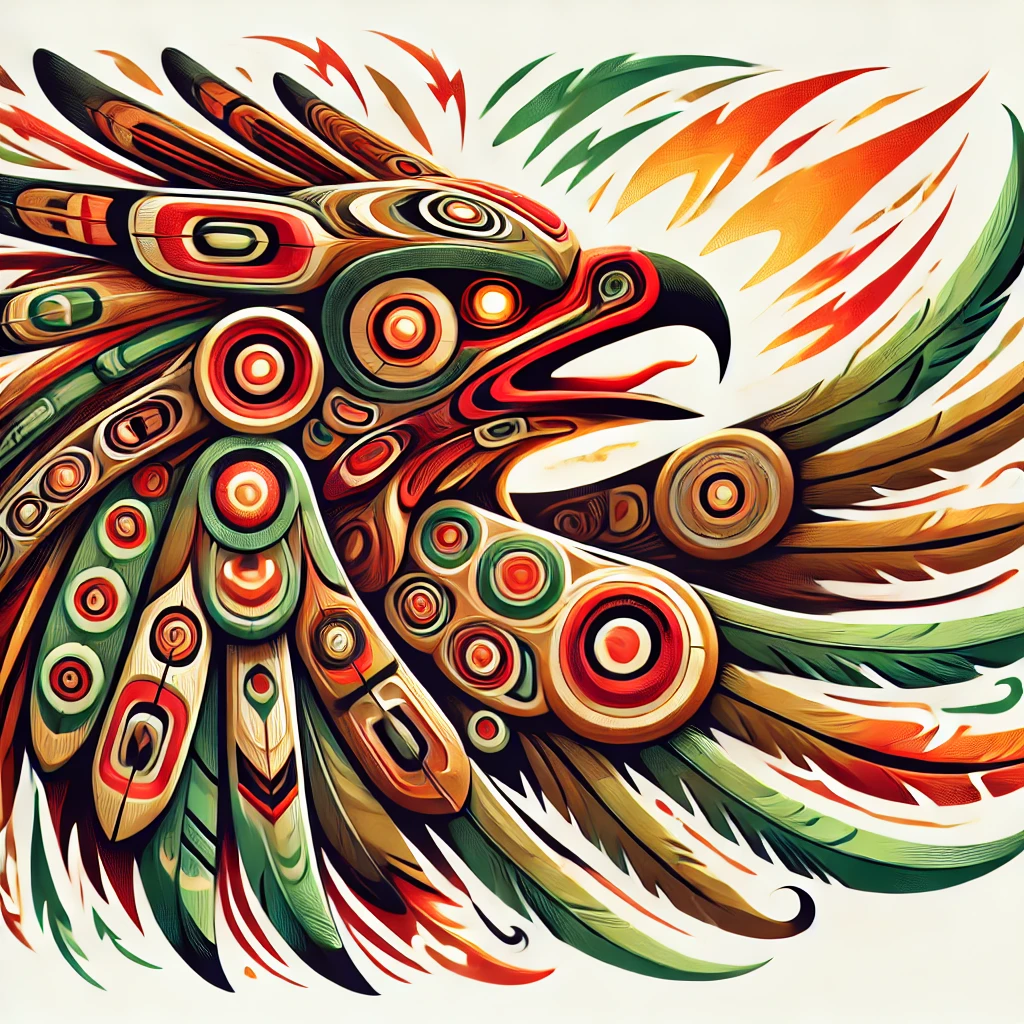
Aboriginal Australian Dreamtime stories tell of the Firebird, who stole fire from the gods and brought it to humanity by hiding it in a kangaroo rat’s tail. This tale shares striking parallels with the Greek Prometheus myth, showing how fire animals often serve as mediators between cosmic realms.
Biblical and Christian Fire Animals
The Bible presents us with several powerful animals that represent fire spiritually, chief among them the seraphim – fiery six-winged angelic beings whose name literally translates to “burning ones.” These creatures surround God’s throne, their flames representing divine purification and zealous devotion.
The lamb, though seemingly gentle, carries profound fire symbolism in Christian tradition. Christ as the “Lamb of God” undergoes baptism by fire, transforming through sacrifice like the phoenix to bring spiritual renewal. This connection between seemingly opposing symbols – the gentle lamb and consuming fire – demonstrates how fire’s symbolic meaning extends beyond destruction to include purification and divine presence.
Celtic Fire Animals and Their Modern Legacy
Celtic traditions honor the stag as a primary fire animal, its antlers mirroring the branching patterns of flame. During Beltane fire festivals, celebrants would leap between bonfires while invoking the stag’s spirit for purification and fertility – customs that continue in modified form in parts of Scotland and Ireland today.
The red dragon of Wales represents perhaps the most enduring Celtic fire animal, appearing on the national flag as a symbol of fierce protection and primal power. This creature bridges the gap between mythic past and cultural present, showing how fire animals continue to inspire national and personal identity.

Perhaps most fascinating is how these ancient fire animal symbols continue to flicker in our modern consciousness. They appear in dreams during times of personal transformation, inspire protection symbols in tattoo art, and provide metaphorical language for describing our inner passions. Like fire itself, these symbols refuse to be extinguished, transforming with each generation while maintaining their essential power.
The next time you sit beside a crackling hearth or watch flames dance in a campfire, remember that you’re connecting with the same elemental force that inspired our ancestors to see divine messengers and spiritual guides in the animals associated with fire’s mysterious power.
Spiritual Lessons from Fire Animals in Modern Practice
While we’ve explored the mythological origins and cultural significance of fire animals, their wisdom continues to burn brightly in contemporary spiritual practices. These creatures offer profound teachings that can transform our daily lives through ritual, meditation, and personal symbolism.
Invoking Fire Animal Energy in Spiritual Practice
When we consciously work with animals that represent fire in mythology, we tap into their transformative power. During a vision quest in New Mexico’s high desert, I witnessed how a shaman invoked hawk medicine by burning juniper while participants visualized the bird’s piercing vision cutting through life’s illusions. The hawk’s association with fire comes from its sunlit hunting, soaring through the brightest skies with unmatched clarity.
Fire meditation utilizing animal imagery can be particularly potent. Try sitting before a candle flame while envisioning a salamander moving through it unharmed. This practice teaches resilience during life’s fiery trials – the ability to walk through transformation without being consumed by it.
According to Dr. Sandra Ingerman, respected shamanic practitioner and author of “Medicine for the Earth,” working with fire animals can help us metabolize and transmute toxic emotions into creative forces. The salamander’s alchemy becomes our own as we learn to transform anger into protective boundaries or passion into purposeful action.
Unexpected Fire Animals in Nature
While dragons and phoenixes capture our imagination, nature offers subtler examples of fire’s symbolic meaning through less obvious creatures.
Consider the humble firefly, whose bioluminescent abdomen creates “cold fire” – light without heat. These insects teach us about illumination without destruction, representing the gentler aspects of fire’s symbolism. When fireflies appear in dreams or synchronistic encounters, they often signal a time for sharing your inner light without burning others in the process.

Fire ants demonstrate collective fire energy through their burning sting and reddish coloration. Their massive, organized colonies show how individual sparks combine into overwhelming force. These tiny creatures remind us that transformation often comes through communities rather than solitary efforts.

The king cobra, with its fiery temperament and ability to “hood” like rising flames, embodies fire’s defensive aspect in animal form. In Hindu traditions, these serpents guard sacred knowledge, much like the flames of insight protect spiritual wisdom from the unprepared mind.
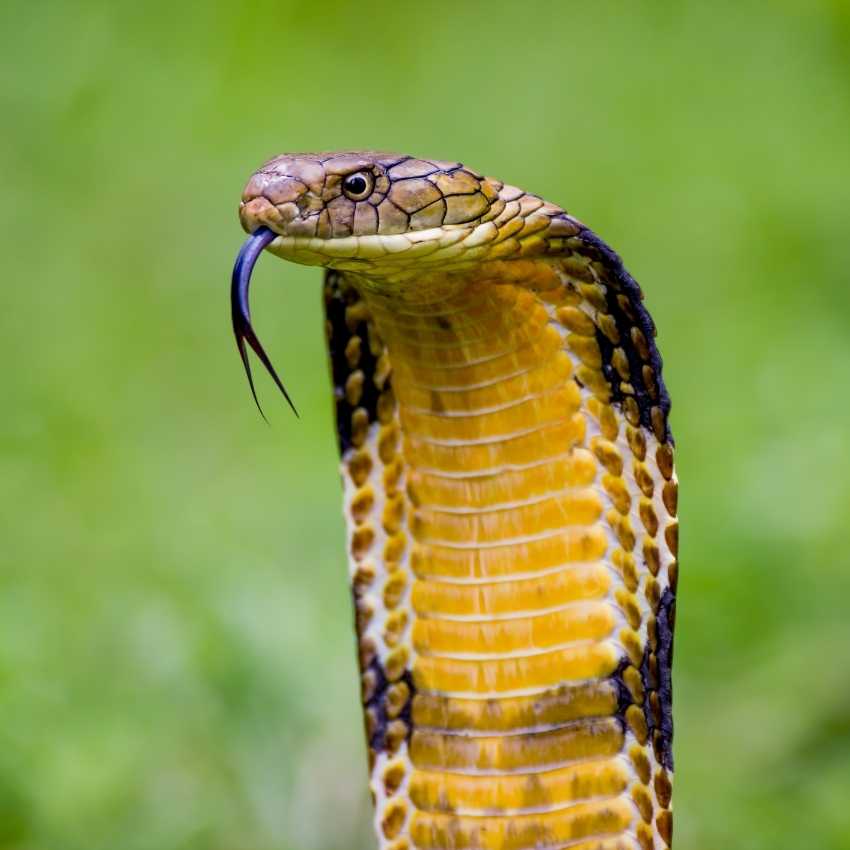
Fire Animals as Personal Guides
Discovering your personal fire animal guide involves attentiveness to recurring animal symbols in dreams, meditation, and daily life. These fiery messengers often appear during life transitions, when we need transformation most.
A client struggling with speaking her truth repeatedly encountered lizards during a challenging divorce. These sun-basking reptiles, with their regenerative abilities and connection to ancient dragon energy, guided her toward reclaiming her voice and personal power. The lizard became her fire totem, reminding her that she could shed old identities and regrow stronger.

Working with fire animal symbolism offers pathways through our most challenging metamorphoses. When facing major life changes, ask yourself: Which fire animal’s wisdom do I need now? The phoenix’s rebirth? The dragon’s protective fierceness? The salamander’s immunity to flames? Your intuition will guide you toward the right teacher.
Balancing Fire Animal Energy
Fire animals bring tremendous power, but like all elemental forces, they require balance. Without water’s emotion, earth’s stability, and air’s perspective, fire burns unchecked. This explains why many phoenix symbolism traditions include both flames and water – the bird rises from ashes but is often associated with sacred wells or springs.
To balance fierce fire energy, incorporate practices that honor other elements. After invoking lion or dragon energy, ground yourself through nature walks. Balance phoenix transformation with emotional release through water rituals. This integration prevents spiritual burnout – the overconsumption of our inner fires.
The wisdom of fire animals teaches us that transformation isn’t merely about burning away the old but about carrying forward essential truth through flames of change. Like the salamander emerging unscathed from fire, we can move through life’s most intense challenges not just surviving, but illuminated.
As we conclude our exploration of these magnificent creatures, remember that their fiery spirits live within each of us – ready to ignite whenever we need courage, transformation, or the bright flame of insight to guide our way through darkness.
FAQ
What is the Phoenix known for in mythology?
The Phoenix is a legendary bird that cyclically regenerates through fire. When it reaches the end of its lifespan, it builds a nest, ignites itself, and rises renewed from the ashes. This symbolizes rebirth, immortality, and the transformative power of fire in cultures worldwide.
How is the Chinese Dragon associated with fire?
The Chinese Dragon (Lung) controls fire, rain, and water bodies. Unlike Western dragons, it’s benevolent and brings good fortune. These serpentine creatures possess the ability to breathe fire while commanding respect as imperial symbols and bringers of vital rain for agriculture.
What role does the Salamander play in fire mythology?
The mythological Salamander was believed to live within fire without harm. Medieval alchemists considered it an elemental fire spirit. This legend originated from real salamanders emerging from burning logs (where they had been hibernating), creating the impression they were born from flames.
Why is the Fire Rooster significant in Chinese zodiac?
The Fire Rooster combines the Rooster zodiac sign with the fire element in Chinese astrology. People born under this sign are thought to be passionate, confident, and ambitious. Their personalities exhibit boldness and dynamism while maintaining the Rooster’s characteristic precision and attention to detail.
How does the Firebird appear in Slavic folklore?
The Firebird is a magical glowing bird from Slavic mythology that brings blessing and doom to its captor. Its feathers illuminate the darkness like flames and sparkle with golden and silver light. Featured prominently in Russian fairytales, it represents both opportunity and peril.
What is special about the Egyptian Bennu bird?
The Bennu bird is an ancient Egyptian deity linked to creation, rebirth, and the sun. This heron-like bird was said to burst into flames at death and emerge renewed. The Greeks later adopted this concept, transforming it into the more familiar Phoenix myth we know today.
